Conference(Breakout Sessions)

- Session1
The Museum as a Place for Making Us Healthy—
Social Prescribing in the Super-Aging Society - Session2
Can Online Connections Form New Places of Belonging? - Session3
Multicultural Coexistence in a Community—
Cultural Facilities, Artists, International Associations - Session4
New Musical Expression and the Future of Performing Musical Instruments, Pioneered by Technology—
On the Accessibility of Expression - Session5
From Information Accessibility to
Designing New Art Experiences
There are five breakout sessions held in parallel with the themes of the plenary sessions. Focusing on reports on activities by artists and practitioners at cultural institutions and intermediary organizations in Japan, each session shares actions and forward-looking prospects in arts and culture fields through discussions about outlooks for the future.
Dates and Venue
- Dates:
- Sunday, July 3–Monday, July 4, 2022
- Venue:
- Art Study Room (Tokyo Metropolitan Art Museum)
*Parking spaces are not available.
*Parking spaces for wheelchair users are available upon reservation. Please contact the Secretariat of the International Conference on Open Access to Culture to reserve your space.
*Wheelchair spaces are available. Please ask the Secretariat of the International Conference on Open Access to Culture in advance.
Participation Fee
Free
Accessibility and Support
sign language interpretation (Japanese–Japanese sign language), text-based support (UD Talk), advance availability of materials, others
*Please indicate any requests for additional accessibility support at the time of application.
Capacity of the venue
30 persons (First-come, first-served basis)
Session
B-1 Breakout sessions
Sunday, July 3, 2022 / 10:30 a.m.–12:30 p.m.
Session1
The Museum as a Place for Making Us Healthy—Social Prescribing in the Super-Aging Society
Social prescribing is a new term that means treating people by instead of prescribing medicines, prescribing things that create social connections. In a social prescribing system, a doctor or healthcare specialist refers people who are unwell physically or mentally to a link worker (an intermediary between a patient and social resources) so that they can find ways to improve their health through participating in community activities. As places for social engagement and building social connections together, the role of museums in this context has attracted attention. This session presents the “museum prescription” initiative in Taiwan as well as efforts by Tokyo Metropolitan Art Museum for older adults, people with dementia, and their families, and considers new possibilities and challenges for museums in the super-aged society.
Speakers
Hayato Fujioka (Curator, Learning and Public Projects, Tokyo Metropolitan Art Museum)
Fujioka graduated with a master’s degree from Central Saint Martins, University of the Arts London, majoring in cultural theory and curation. From 2018, he served as a Project Assistant Professor of Global Art Practice at the Graduate School of Fine Arts at Tokyo University of the Arts, and has worked for various cultural projects as a researcher, curator, and filmmaker. Fujioka’s major exhibitions include On the Verge of Fiction (Kuandu Museum of Fine Arts, Taipei, 2019). Since 2021, he has served as the curator of Learning and Public Projects division at Tokyo Metropolitan Art Museum, responsible for the Creative Ageing Zuttobi program for older adults. In addition to conducting surveys on social prescribing at museums, he plans programs for different ages, and people with dementia and their families
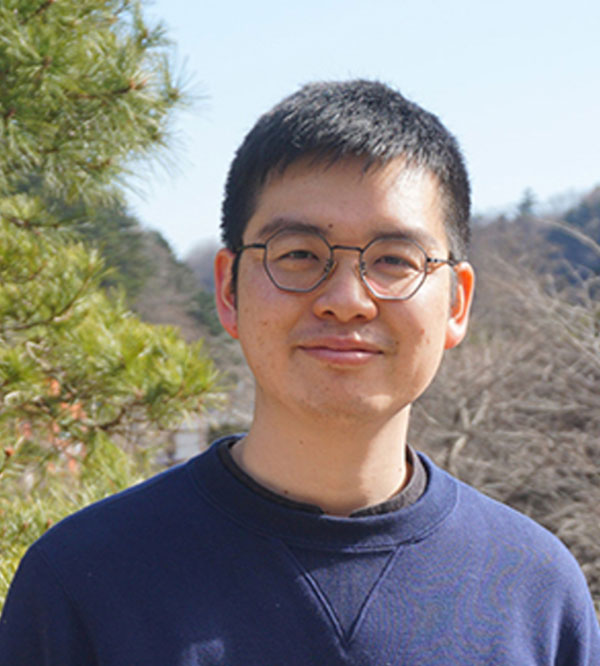
Jenny Chunni Chiu (Research Fellow, Japan Center for International Cooperation in Conservation, Tokyo National Research Institute for Cultural Properties / Specialist in museum studies)
With a PhD in comparative studies from the Graduate University for Advanced Studies and National Museum of Ethnology, Japan, Jenny Chunni Chiu’s research focuses on finding methodologies for museums to promote dialogue between diverse cultures in a complex society, and conducting research on inclusive and creative museum practices in order to realize cultural citizenship and museum management reforms such as the democratization and decolonization of museums. Involved with the International Council of Museums since 2012, Chiu is currently a board member of the International Committee for the Collections and Activities of Museums of Cities, and a member of the Working Group on Statutes and Rules. After working as a researcher for ICOM Kyoto 2019 from 2017 to 2020, she joined the Tokyo National Research Institute for Cultural Properties in September 2021.
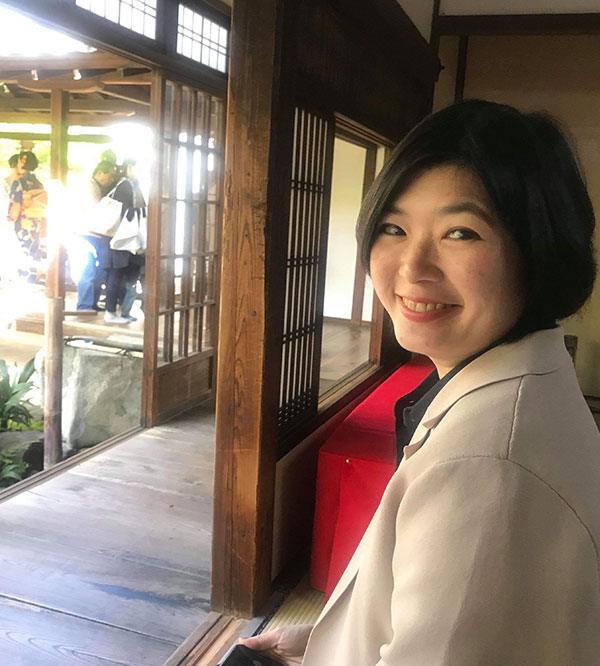
Chieh-Chyi Lin (Assistant Curator, Public Service and Education Division/National Museum of Taiwan History)
Chieh-Chyi Lin acquired an MA in environmental design at the Yale School of Architecture, and studied on the museum studies program at New York University. She joined the National Museum of Taiwan History in 2006, specializing in exhibition and museum education. In recent years, Lin has been involved in promoting cultural accessibility, equality, and social inclusion. She actively seeks to collaborate with opportunity centers for the physical and mental disabled as well as elderly care organizations in the hope of enabling more people to make good use of museum resources.
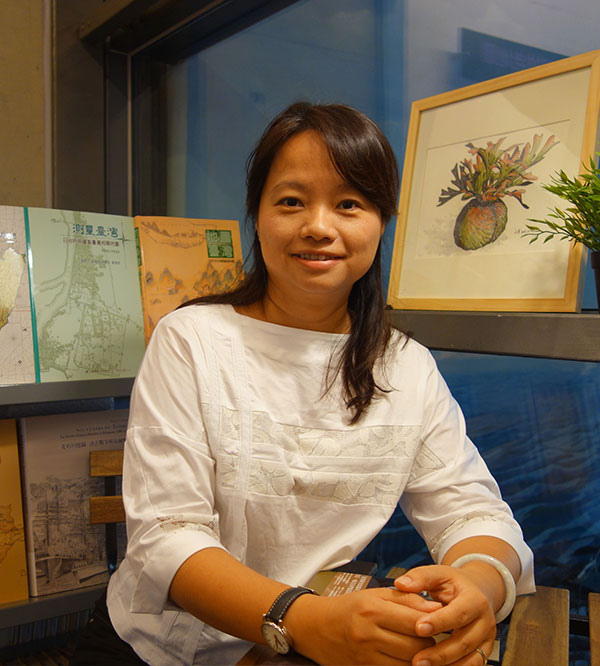
Sawako Inaniwa (Senior Curator, Learning, Independent Administrative Institution National Museum of Art)
Sawako Inaniwa holds master’s degrees from Aoyama Gakuin University and University College London. After working at the Museum of Modern Art, Kamakura & Hayama, she joined Tokyo Metropolitan Art Museum to oversee its newly launched learning and communication projects. With a focus on social issues, she planned and ran community-based initiatives like the Tobira Project and Museum Start iUeno, and Creative Ageing Zuttobi, a response to the rapidly aging society. Her exhibitions at the Tokyo Metropolitan Art Museum include Kubbe Makes an Art Museum (2015). Inaniwa took up her current position in April 2022. She is the author or co-author of several books in Japanese and, in English, co-author of New Museum Practice in Asia (2018) and Designing Society Through Art: A Collaboration Between Citizens and Cultural Institutions (2021).
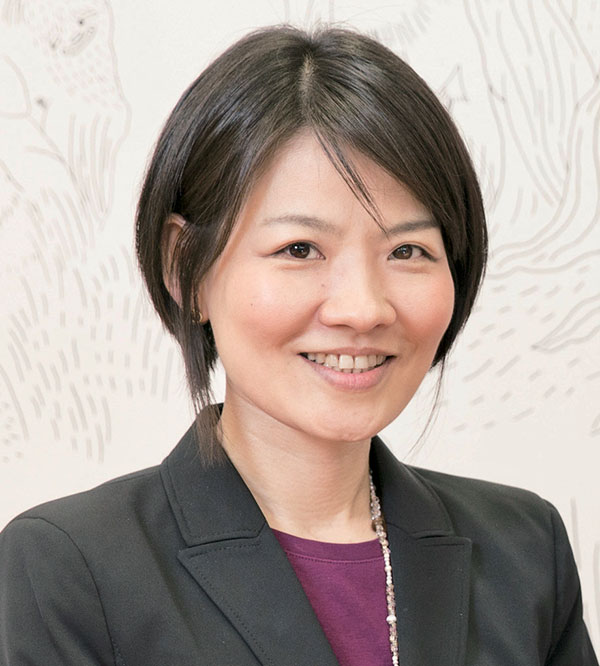
Accessibility and Support
Chinese-Japanese consecutive interpretation, sign language interpretation (Japanese–Japanese sign language), text-based support (UD Talk), advance availability of materials
B-2 Breakout sessions
Sunday, July 3, 2022 / 1:15–2:45 p.m.
Session2
Can Online Connections Form New Places of Belonging?
During the coronavirus pandemic, lockdowns and other restrictions prevented people from meeting or socializing face to face, and from visiting places like they had before, which had an impact on school education in terms of class trips to art museums and so on. Online approaches attracted attention as a way of compensating for this problem and quickly became widespread. This session introduces online learning initiatives between art museums and schools, examples of digital media that create shared experiences, and the significance of the museum as a third place, and considers whether connecting with each other online can lead to new places of belonging.
Panelist
Yuta Sasaki (Digital media artist)
Yuta Sasaki’s experience of missing the last train and staying overnight at a sauna, where he encountered people from different backgrounds watching and laughing together at the same TV show, brought the trajectory of his work into focus. In his practice since, he has endeavored to create “situations” where diverse backgrounds intermix, both online and off. Based on this practice, he has worked in exhibition planning for a science museum and as a researcher for university information studies and arts departments, and now does video-related work for the Japan Aerospace Exploration Agency while teaching part-time at the University of Tokyo Graduate School of Frontier Sciences. Sasaki’s awards include the CREATIVE HACK AWARD 2016 Grand Prize, and a Jury Selection in the Entertainment Division at the fifteenth, nineteenth, and twenty-fifth editions of the Japan Media Arts Festival.
https://sasaki-sasaki.com/

Yumiko Yoshimizu (Marketing creative director / Consumer lifestyle and values researcher)
After working as an advertising producer at NIPPON DESIGN CENTER, INC. and in marketing strategy at Asatsu-DK Inc., Yumiko Yoshimizu joined itochu fashion system co., ltd. in 2000, where she has researched consumer lifestyle and values for some twenty years, sharing the results of her work in books and lectures. In 2021, she graduated from the Rikkyo University Graduate School of Social Design Studies with a master’s degree in business administration in social design studies. For her master’s thesis and Journal of the Japan Association for Cultural Policy Research, Yoshimizu has written about the possibilities of the art museum as a third place. In parallel with her research, she also engages in practice, including as a participant in the Tobira Project, a social design project by Tokyo Metropolitan Art Museum and Tokyo University of the Arts.
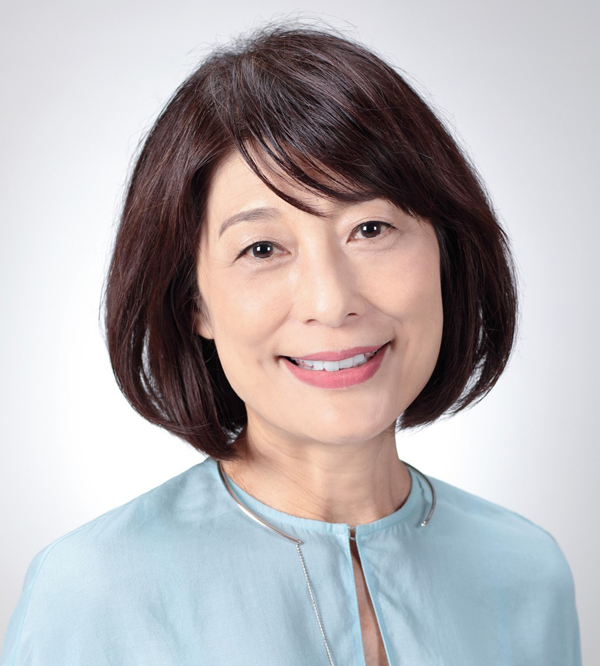
Yasunori Goh (Educator [Chief of Educational Programs Section], Museum of Contemporary Art Tokyo)
Active since 1998 as a freelance workshop planner, Yasunori Goh devises workshop programs with a focus on children in order to build connections between viewers and artworks and experiences of art in everyday life. He has held workshops at art museums, schools, social education sites, hospitals, shopping streets, and other venues nationwide. Goh took up his present position in 2007. At the Museum of Contemporary Art Tokyo, he is responsible for planning school visits, “gallery cruise” events, workshops, and art lectures.
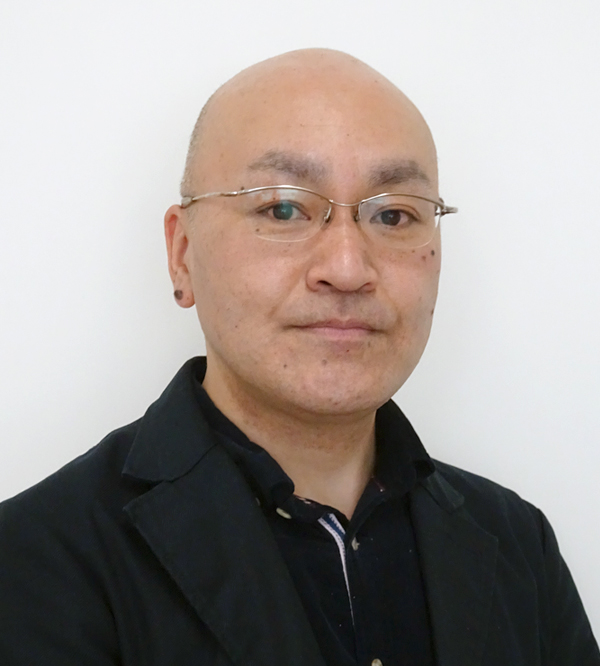
Accessibility and Support
Sign language interpretation (Japanese–Japanese sign language), text-based support (UD Talk), advance availability of materials
B-3 Breakout sessions
Sunday, July 3, 2022 / 3:15–5:15 p.m.
Session3
Multicultural Coexistence in a Community—Cultural Facilities, Artists, International Associations
It is estimated that the population of foreign residents in Tokyo will reach 1.25 million—one in ten people—by 2040. As support and initiatives by local governments and international associations for people with non-Japanese roots continue to expand, cultural venues and facilities are partnering with various regional bodies to launch activities aiming to shape places for multicultural coexistence in regional society. With a focus on cultural venue activities and artist practices, this session searches for challenges and possibilities alongside discussing regional and community connections from the perspectives of the different positions involved in a project.
Speakers
Tomoko Hirano (Minato International Association)
Tomoko Hirano joined Minato International Association (http://www.minato-intl-assn.gr.jp/index.html) in 2012. She works for a project commissioned by Minato City to support local Japanese language learning. She engages in supporting Japanese learning by non-Japanese as stakeholders, developing environments that facilitate non-Japanese participation in the community, and promoting exchange through so-called yasashii (easy) Japanese. Organizing a program in partnership with Tokyo Metropolitan Teien Art Museum as part of her work with the same project led Hirano to develop an interest in creating multiculturally inclusive places through art. She is a Council of Local Authorities for International Relations–certified multicultural coexistence manager.

Hiromi Takao (Research Fellow & Coordinator of Cultural Diversity, Tamarokuto Science Center)
While a university student, Hiromi Takao’s experience of volunteering at Sapporo Salmon Museum inspired an interest in museums as places for people to learn. After working at the National Museum of Nature and Science, Tokyo, she was involved in a survey of museums in and outside Japan as well as projects related to museums and exhibitions. Since 2011, she has developed programs as a workshop designer connecting museums nationwide with users. In 2017, Takao joined Tamarokuto Science Center, where she launched “Museums, Local Communities and Cultural Diversity Project” in 2019. She took up her current position in June 2022. She works to promote cultural diversity and create opportunities for multicultural coexistence both regionally and across all museums.
Tamarokuto Science Center official website
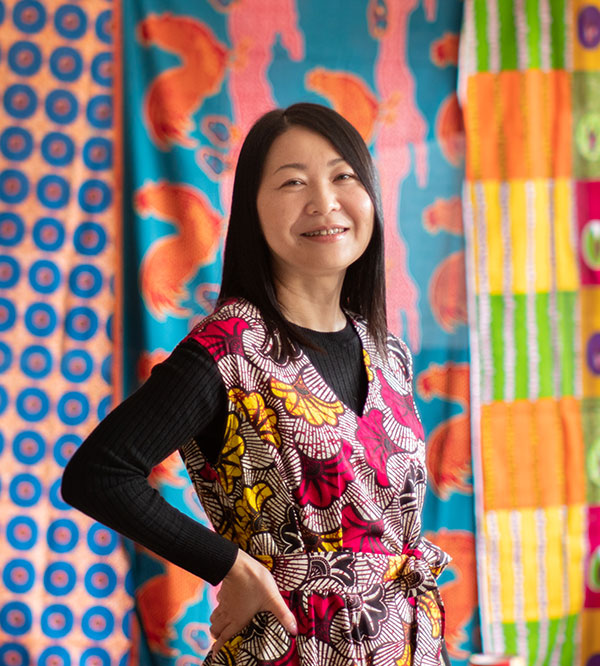
Soni Kum (Artist)
Soni Kum is an interdisciplinary artist who was born and raised in Tokyo, Japan as a third-generation Korean. She received an M.F.A. from California Institute of the Arts in the United States in 2005 and a Doctor in Fine Arts from Tokyo University of Arts in 2011. Her work has been exhibited at numerous art spaces and film festivals around the world, which include the USA, Japan, Korea, Brazil, Denmark, Germany, Philippines, China, Cuba, UK, and Myanmar. Her recent projects include Morning Dew, a collaborative project between the artist and ex-“returnees” who defected from North Korea to Japan funded by Kawamura Arts and Cultural Foundation Socially Engaged Art Support Grant.
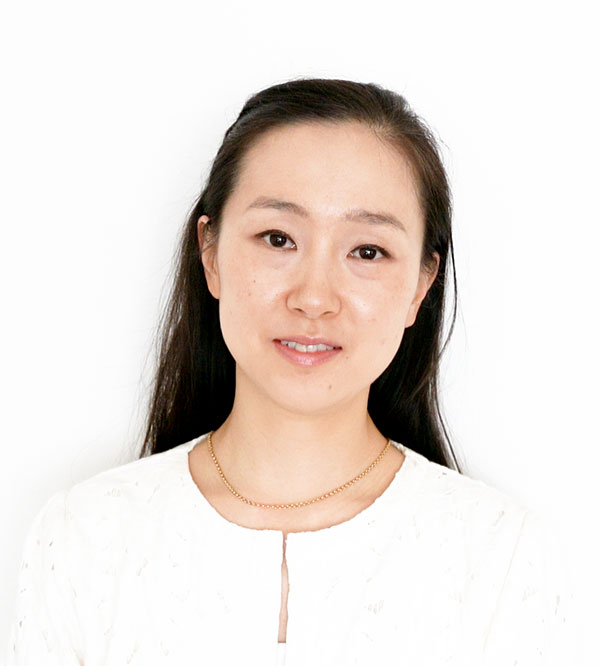
Iku Otani (Curator, Learning and Public Programs, Tokyo Metropolitan Teien Art Museum)
Otani graduated from the Department of Intermedia Art at Tokyo University of the Arts. From 2015 to 2020, she was a Project Research Assistant at the Faculty of Fine Arts at Tokyo University of the Arts, serving as a program coordinator for the Tobira Project in partnership with Tokyo Metropolitan Art Museum. With an interest in creating places of collaborative learning at art museums, Otani took up her current position in April 2020. Alongside working with schools, she develops programs for people with disabilities as well as for families with babies and infants. Since 2021, she has organized workshops using easy Japanese as a multicultural project for social inclusion.

Accessibility and Support
sign language interpretation (Japanese–Japanese sign language), text-based support (UD Talk), advance availability of materials
B-4 Breakout sessions
Monday, July 4, 2022 / 10:30 a.m.–12:30 p.m.
Session4
New Musical Expression and the Future of Performing Musical Instruments, Pioneered by Technology—On the Accessibility of Expression
In a world where anyone transcend physical characteristics, identity, language, and social background and can express their creativity equally, what will live music performances be like? The fourth session examines inclusive creative activities with a focus on music. It homes in on the front line of developments in haptic musical interfaces that enable anyone to become an artist, new forms of musical expression created by cutting-edge technology, and the future of playing musical instruments.
Speakers
Oko Arai (Director, Yokohama Minato Mirai Hall)
Oko Arai graduated from Tokyo University of the Arts with degrees in musicology and composition. She was nominated for an International Emmy Award for her work on an NHK Educational TV show. She has to date organized numerous music programs and concerts, and is the author of several books in Japanese about music. Arai served as an inclusive arts research producer at COI Site at Tokyo University of the Arts, and was involved in developing the Daredemo Piano (Auto-accompanied Piano), which can be played with one finger. She is currently a visiting professor at Tokyo University of the Arts and Senzoku Gakuen College of Music, and Advanced Art Design advisor at the University of Tokyo.
Yokohama Minato Mirai Hall Official site
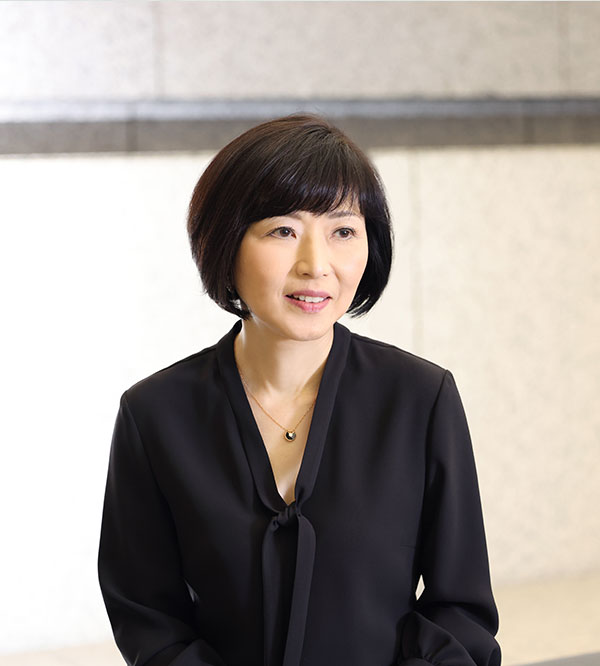
Andreas Siagian (Artist, Engineer)
Andreas Siagian is active in a wide range of practices, in particular DIY electronics and interdisciplinary art. He co-founded Lifepatch –citizen initiative in art, science and technology in 2012, and was co-director of Hackterialab 2014, organized by Hackteria and Lifepatch. He participated in the Instrument Builders Project in 2013 (in Yogyakarta) and 2015 (at the National Gallery of Victoria, Melbourne). In 2018, he was the co-director of BioCamp: Gardens as 'Biotechnik', artistic director of Indonesia Netaudio Festival, co-host of Hacklab Nusasonic, and facilitator of Arisan Tenggara. In 2019, he co-hosted MusicMakers Hacklab – CTM Festival in Berlin, and curated contemporary audio visual performances at Yogyakarta Cultural Festival. Siagian is currently focussing in creating his own musical instruments, which he documents on his website instrumentasia.
https://instrumentasia.net
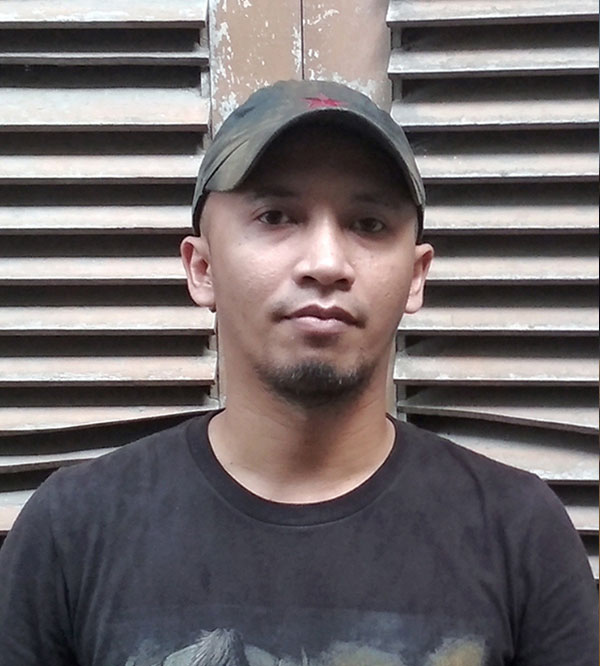
Yoshihito Nakanishi (Associate Professor, Ferris University; Board Director, A-KAK Co., Ltd.; Musical instrument designer; Sound designer)
Yoshihito Nakanishi develops and researches musical interfaces and digital musical instruments compatible with diverse forms of performance. He has created such digital musical instruments as The Cell Music Gear, B.O.M.B., and POWDER BOX, which he performs internationally. His wide-ranging work with sound and music also includes making digital musical instruments in collaboration with educational institutions and corporations involved in the development of sensor technology. Nakanishi has won such accolades as the Electronic Crafts Contest Excellence Award (2011), Asia Digital Art Award Excellence Award (2014), and the Yuichi Kishino Prize at the Chiyoda Arts Festival 2014. He was selected for the Residence program at Laval Virtual ReVolution 2014 and a finalist at Georgia Tech’s Margaret Guthman Musical Instrument Competition 2017.
https://yoshihito-nakanishi.com/biography/biography_en/
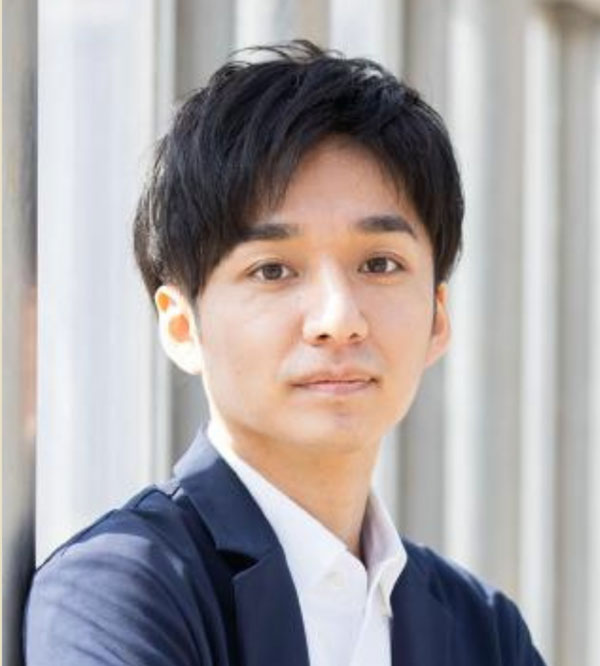
Yukiyo Sugiyama (Production Section, Tokyo Bunka Kaikan / Arts management, Learning environment design)
After completing a master’s degree at Goldsmiths, University of London on an overseas study grant awarded by the Agency for Cultural Affairs, Yukiyo Sugiyama continued her graduate studies at the Aoyama Gakuin University Graduate School of Social Informatics, where her dissertation won a prize. Based on her experiences in the UK, she is interested in such topics as the relationship between society (lifestyle) and arts and culture, cultural capital, learning processes, and social innovation through cross-sector partnerships. After joining Tokyo Bunka Kaikan in 2019, Sugiyama has led the Convivial Project, which aims to contribute to social inclusion, and produced and organized the Relaxed Performance series, training and evaluation programmes.
Convivial Project official website
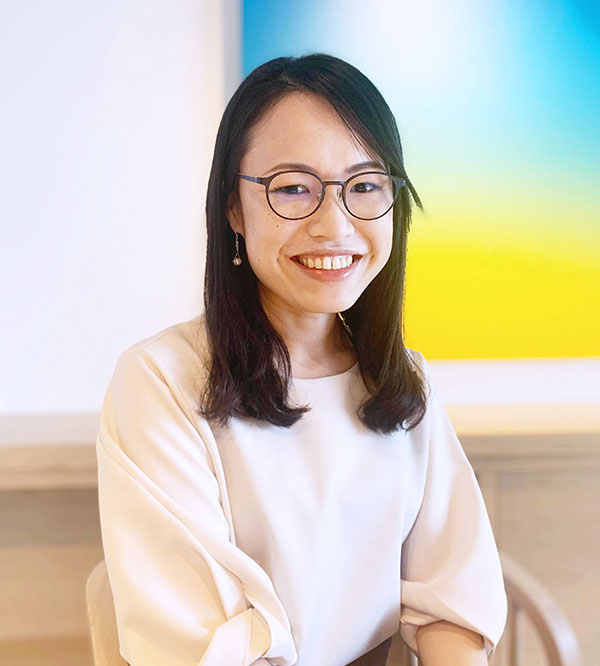
Accessibility and Support
Japanese-English consecutive interpretation, sign language interpretation (Japanese–Japanese sign language), text-based support (UD Talk), advance availability of materials
B-5 Breakout sessions
Monday, July 4, 2022 / 1:15–2:45 p.m.
Session5
From Information Accessibility to Designing New Art Experiences
Haptic tools. Gallery talks with sign language interpretation. Sensory mapping. Bodily sensation acoustic devices. Portable captioning devices. Cultural venues and facilities now offer a wide range of services and support for visitors. The fifth and final breakout session brings together the accessibility programs of such venues and the perspectives of lead users to discuss the future of these services not only as a means of improving accessibility and meeting the diverse needs of visitors, but also in terms of how we design new ways to experience art.
Speakers
Midori Suzuki (Supervisor, Education Division, Curatorial Planning Department & Curator of Education, Tokyo National Museum / Museum education)
Midori Suzuki joined the Tokyo National Museum as a researcher in 1999. She spent a year developing a program for schools for blind and visually impaired students, including creating educational materials and training volunteers, and officially launched the program in 2011. She has continued to take an interest and engage in the issue of social inclusion within the context of museums. This year, as part of the programming marking 150 years since the Tokyo National Museum was founded, Suzuki is involved with creating sensory maps and projects for sharing awareness among museum staff. She has served in her current position since April 2022.
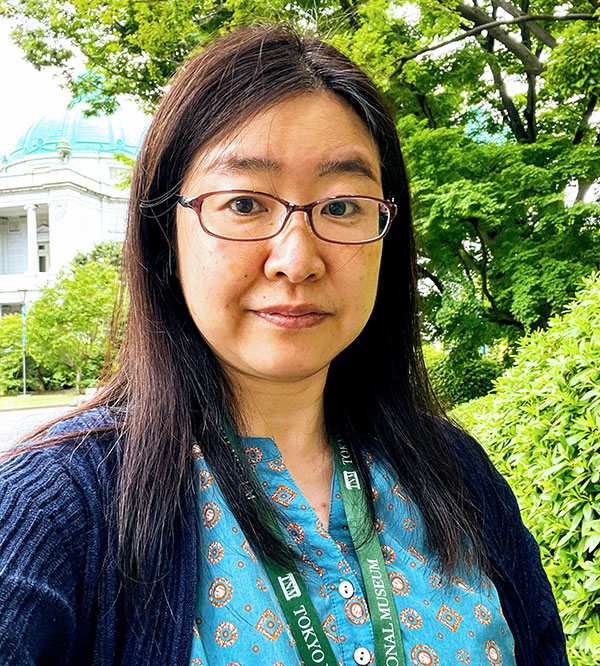
Kozue Handa (Adjunct Instructor, Meiji Gakuin University / PhD in arts)
Kozue Handa graduated from International Christian University. The experience of being able to actually touch a sculpture at an art museum she visited in the United States while a student led her to develop an interest in art. From 1987 to 1988, she trained as an intern at the Office of Accessible Programs at the Philadelphia Museum of Art. She then completed a doctorate at the University of Tsukuba Graduate School of Comprehensive Human Sciences. After teaching in the Division of Disability Sciences at the University of Tsukuba, she took up her present position at Meiji Gakuin University. Her main research interests are tactile art viewing and museum accessibility.

Asako Hirokawa (Chair, NPO Theatre Accessibility Network)
In 1994 while studying at Wako University, Asako Hirokawa joined Totto Foundation’s Japanese Theater of the Deaf company. In 2009, she trained at Graeae Theatre Company in the UK. In 2012, she established the Theatre Accessibility Network (https://ta-net.org/). In 2015, she received the 66th Minister of Education, Culture, Sports, Science and Technology’s Art Encouragement Prize and, in 2016, the 14th Yomiuri Social Welfare Culture Prize (General Division). Hirokawa is an expert advisor to the Agency for Cultural Affairs Cultural Policy Subcommittee Performing Arts Working Group, a member of an expert panel convened by the Agency for Cultural Affairs on promoting arts and culture activities for people with disabilities, and also serves on the advisory panel for the Nippon Foundation’s True Colors Festival. Since 2018, she has conducted research on support for theatergoing as a user-researcher in the Tojisha-Kenkyu Department at the University of Tokyo’s Research Center for Advanced Science and Technology.

Ayako Hagiwara (Assistant Professor, Research and Support Center on Higher Education for People with Disabilities, Tsukuba University of Technology/ Information and Communication accessibility, Support for Students with Disabilities, Performing arts sign language interpretation)
Ayako Hagiwara joined Tsukuba University of Technology in 2006 and also works as a sign language interpreter. As a member of the Postsecondary Education Programs Network of Japan secretariat, she is involved in research and support for students with disabilities at higher education institutions. Originally an avid theatergoer, Hagiwara’s experience of the acute difficulty of doing sign language interpretation at a bunraku puppetry performance led her to take an interest in sign language interpreting for the performing arts. In 2016, she began research related to sign language interpretation in theater, observing examples overseas and conducting analysis on sign language interpretation at performances in Japan.
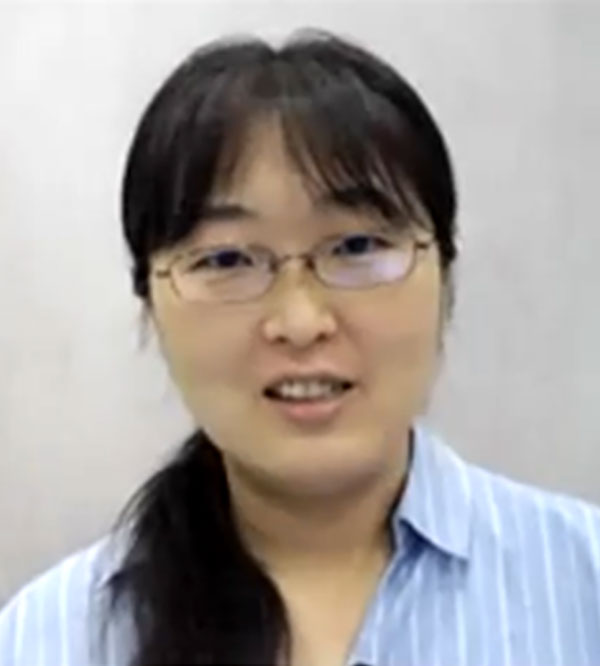
Accessibility and Support
sign language interpretation (Japanese–Japanese sign language), text-based support (UD Talk), advance availability of materials
